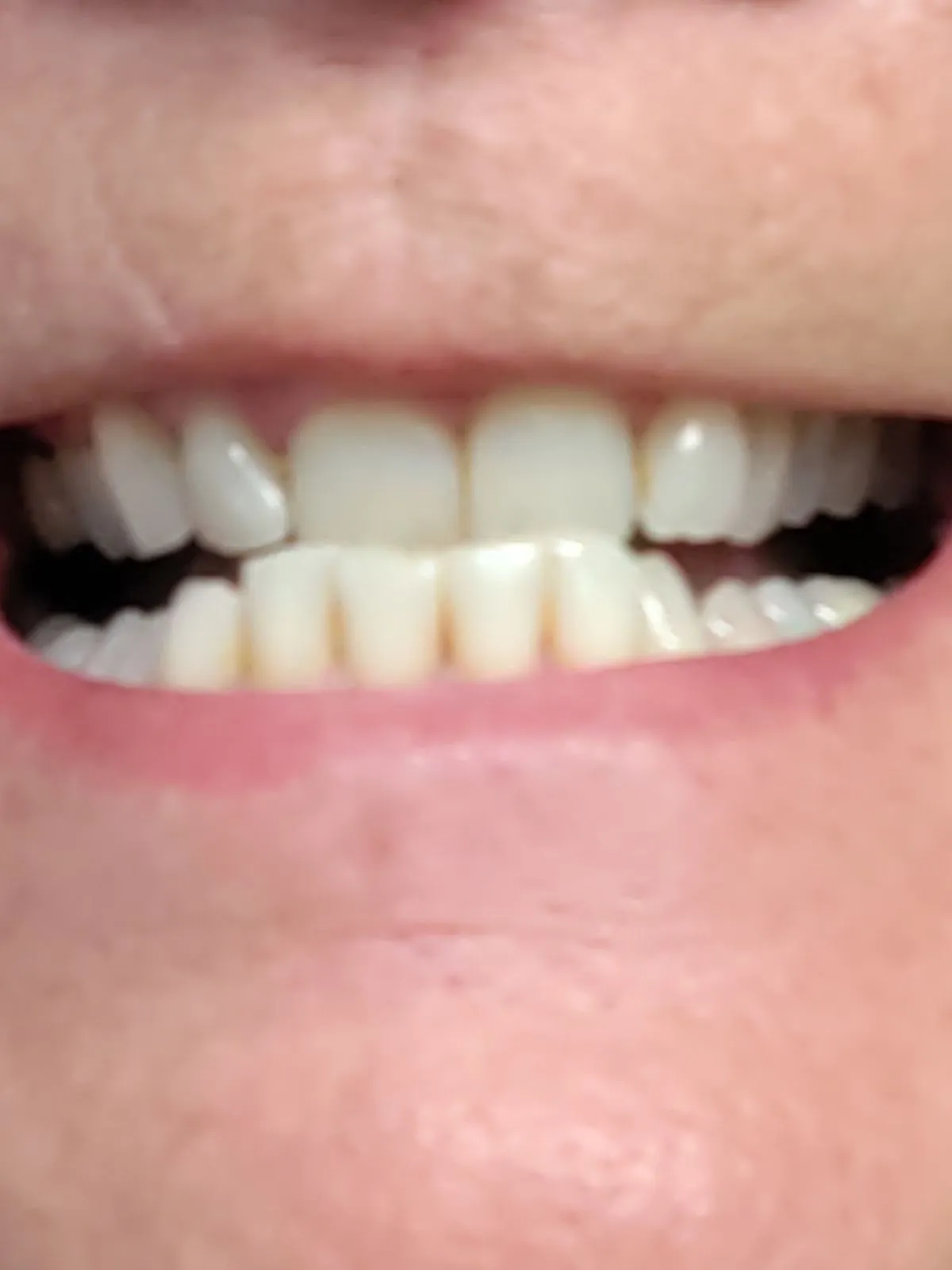Why Whitening Toothpaste Not Working?
You’ve diligently brushed twice a day, maybe even invested in an electric toothbrush, and yet, your pearly whites aren’t as white as you’d hoped. Whitening toothpaste, a staple in many bathroom routines, can be a fantastic tool for achieving a brighter smile, but it’s not a magic bullet. Several factors can influence its effectiveness, ranging from the type of stains you have to the way you use the toothpaste. Understanding these reasons is the first step toward maximizing your whitening efforts and achieving the dazzling smile you desire. This article will explore the top five reasons why your whitening toothpaste might not be delivering the results you expect, providing insights and solutions to help you get closer to that brighter, more confident smile.
Type of Stains
The effectiveness of whitening toothpaste largely depends on the type of stains present on your teeth. Not all stains are created equal, and understanding the difference is crucial for setting realistic expectations. Surface stains, caused by food and drinks, are often the easiest to remove, while intrinsic stains, which reside within the tooth structure, are more stubborn.
Surface Stains
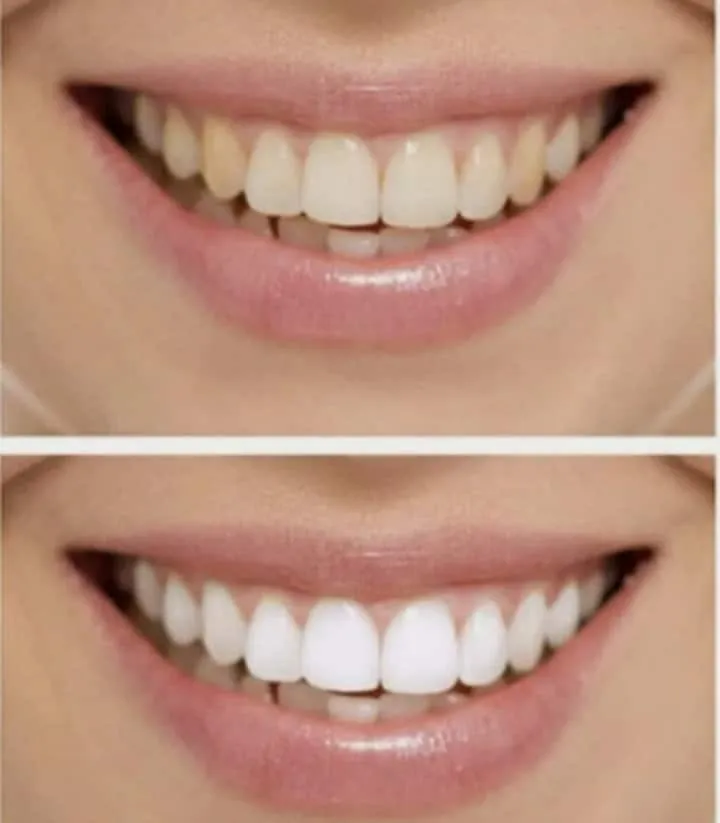
Surface stains are typically caused by the pigments in foods and beverages like coffee, tea, red wine, and berries. These stains are located on the enamel’s surface and can often be effectively removed by the abrasive action of whitening toothpaste. The abrasives in these toothpastes gently scrub away these surface stains, revealing a brighter smile. Regular brushing with a whitening toothpaste, coupled with good oral hygiene habits, can help prevent and remove these stains, keeping your teeth looking their best. Furthermore, avoiding or minimizing the consumption of stain-causing substances can significantly contribute to maintaining a whiter smile.
Intrinsic Stains
Intrinsic stains, on the other hand, originate from within the tooth structure. These stains can be caused by factors such as aging, certain medications (like tetracycline), excessive fluoride exposure during tooth development (fluorosis), or trauma to the tooth. Whitening toothpastes are generally less effective on intrinsic stains because they work primarily on the surface. These deeper stains may require professional whitening treatments, such as those offered by a dentist, which use stronger bleaching agents to penetrate the enamel and lighten the discolored dentin underneath. Therefore, if you’re dealing with intrinsic stains, a whitening toothpaste alone is unlikely to provide significant results.
Ingredients in Whitening Toothpaste
The active ingredients in whitening toothpaste play a significant role in its effectiveness. Different formulations use various agents to remove stains and brighten teeth. Understanding these ingredients and how they work can help you choose the right toothpaste for your needs and expectations.
Hydrogen Peroxide
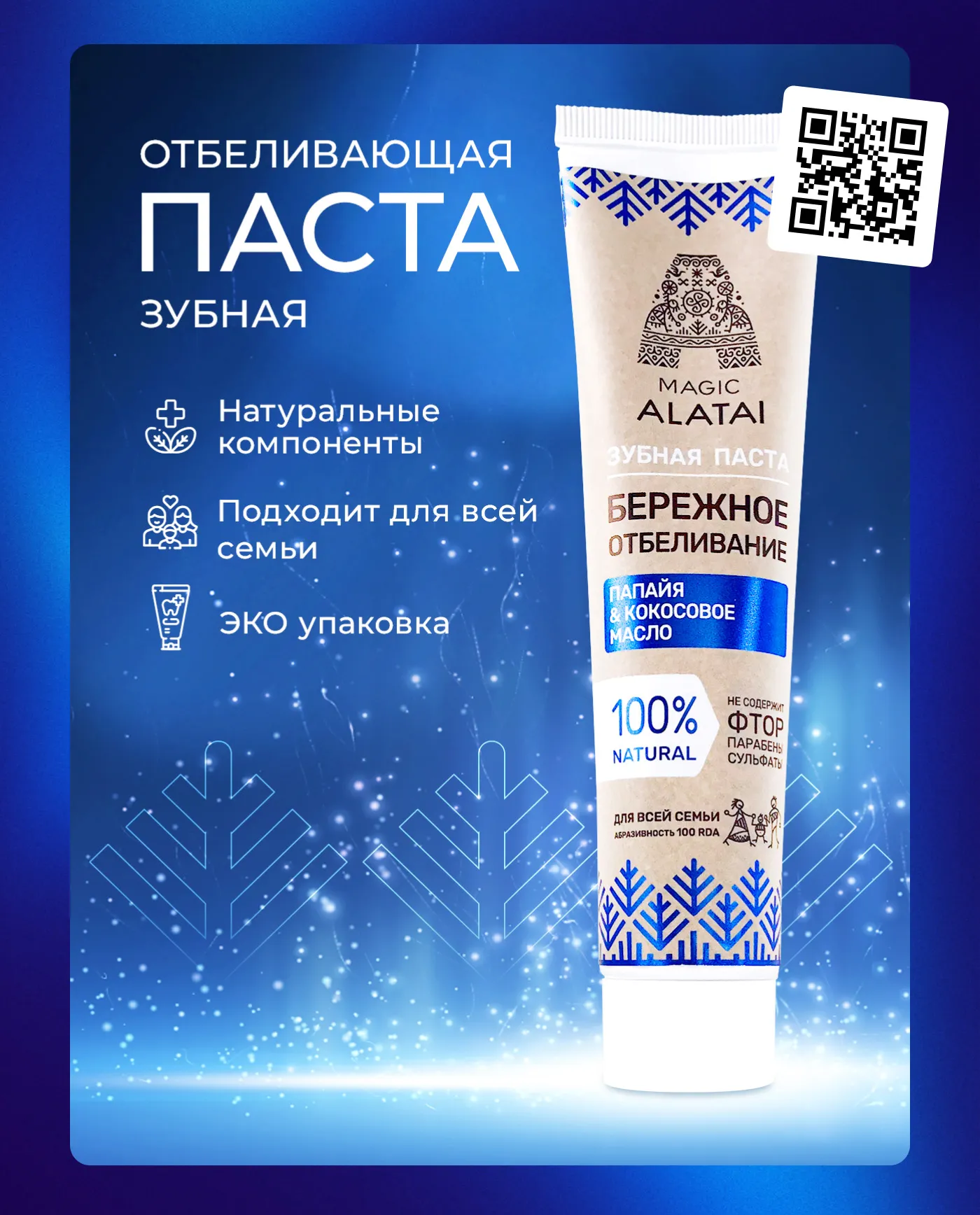
Hydrogen peroxide is a common ingredient in many whitening toothpastes. It acts as a bleaching agent, helping to break down stain molecules on the tooth’s surface. The concentration of hydrogen peroxide in over-the-counter whitening toothpastes is generally lower than that used in professional dental whitening treatments. This means that while it can provide noticeable results over time, the effect may be less dramatic and slower compared to treatments performed by a dentist. The effectiveness of hydrogen peroxide can also be influenced by its contact time with the teeth and the frequency of use. Look for toothpastes that list hydrogen peroxide to ensure you’re getting its benefits.
Baking Soda
Baking soda, or sodium bicarbonate, is another popular ingredient found in whitening toothpastes. It is a mild abrasive that helps to gently scrub away surface stains. Baking soda also has natural cleaning properties and can help to neutralize acids in the mouth, promoting a healthier oral environment. While effective for removing surface stains, baking soda is not a bleaching agent. This means it won’t alter the intrinsic color of your teeth but can help make them appear brighter by removing accumulated stains. Toothpastes containing baking soda are generally considered safe for daily use, but excessive scrubbing can potentially damage enamel, so it’s crucial to brush gently.
Incorrect Usage
Even with the right toothpaste, improper usage can hinder its effectiveness. Correct brushing technique and frequency are essential for maximizing the stain-removing and whitening potential of your toothpaste.
Brushing Technique
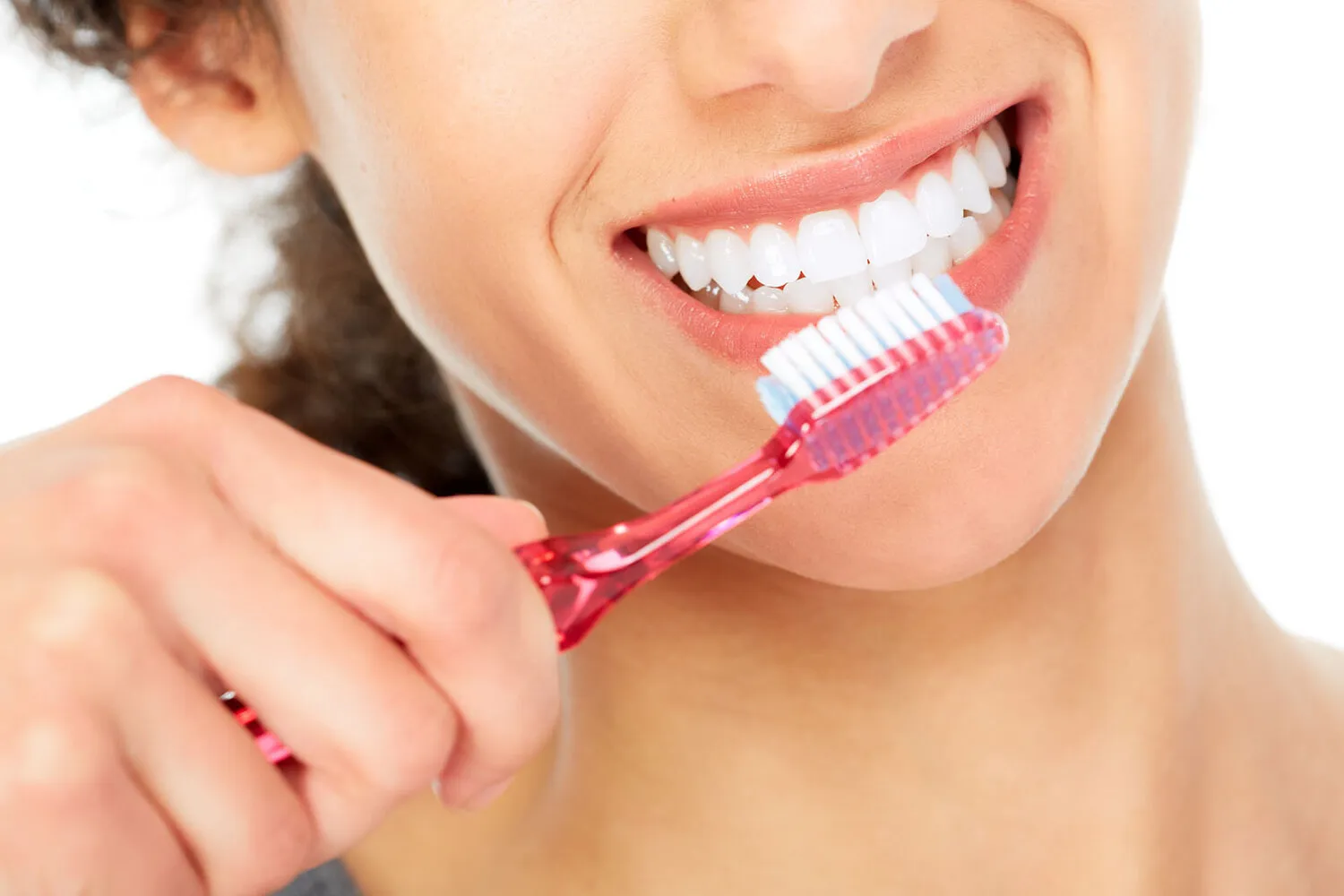
The way you brush your teeth can significantly impact the results you see from whitening toothpaste. Aggressive brushing, using too much force, can damage your enamel, making your teeth more susceptible to stains and sensitivity. It’s crucial to use a soft-bristled toothbrush and brush gently in small, circular motions. This technique effectively removes plaque and surface stains without harming the enamel. Ensure you brush all surfaces of your teeth, including the front, back, and chewing surfaces, for the recommended two minutes. Consider using an electric toothbrush with a built-in timer and pressure sensor to help you maintain the correct technique and avoid excessive force.
Frequency of Use
For optimal results, you should brush your teeth with whitening toothpaste twice a day, as recommended by dental professionals. This frequency allows the active ingredients to effectively remove stains and maintain a brighter smile. Brushing once a day might not be sufficient to remove the daily accumulation of stains, while brushing more than twice a day can increase the risk of enamel erosion, especially if the toothpaste contains abrasive ingredients. Consistency is key; making brushing a regular part of your morning and evening routine ensures that your teeth are consistently exposed to the whitening agents, leading to better and more sustained results.
Underlying Dental Conditions
Certain dental conditions can also interfere with the effectiveness of whitening toothpaste. These conditions may impact how well the toothpaste works or even make your teeth more susceptible to staining. Addressing these underlying issues is crucial for achieving optimal whitening results.
Enamel Erosion
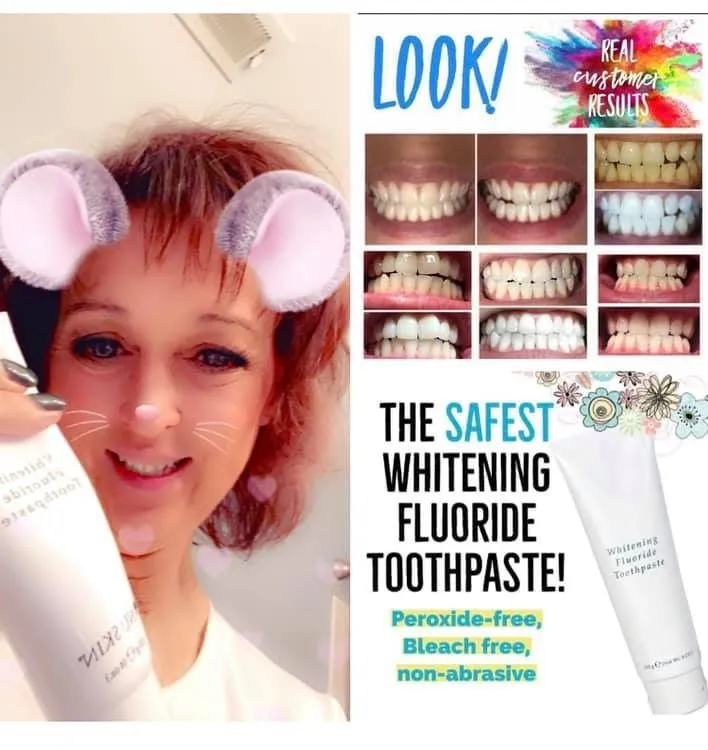
Enamel erosion, the wearing away of the protective outer layer of your teeth, can significantly impact their appearance and the effectiveness of whitening treatments. When enamel is eroded, the underlying dentin, which is naturally more yellow, becomes more visible, making your teeth appear darker. Additionally, eroded enamel can make your teeth more porous, leading to increased staining. Whitening toothpastes, especially those with abrasive ingredients, can exacerbate enamel erosion if used aggressively. Maintaining good oral hygiene practices, using a soft-bristled toothbrush, and avoiding acidic foods and drinks can help protect your enamel and maximize the benefits of whitening toothpaste.
Sensitivity
Tooth sensitivity can also affect your ability to use whitening toothpaste effectively. Many whitening toothpastes contain ingredients that can cause or worsen tooth sensitivity. If you experience increased sensitivity while using whitening toothpaste, it might be a sign that the product is not suitable for you. In such cases, consider switching to a toothpaste designed for sensitive teeth or consulting your dentist for alternative whitening solutions that minimize sensitivity. It’s important to address sensitivity issues to ensure a comfortable and effective whitening experience.
Realistic Expectations
It’s important to approach teeth whitening with realistic expectations. Whitening toothpaste can improve the appearance of your teeth, but it has limitations. Understanding what it can and cannot achieve will help you set realistic goals and avoid disappointment.
Whitening Toothpaste Limitations
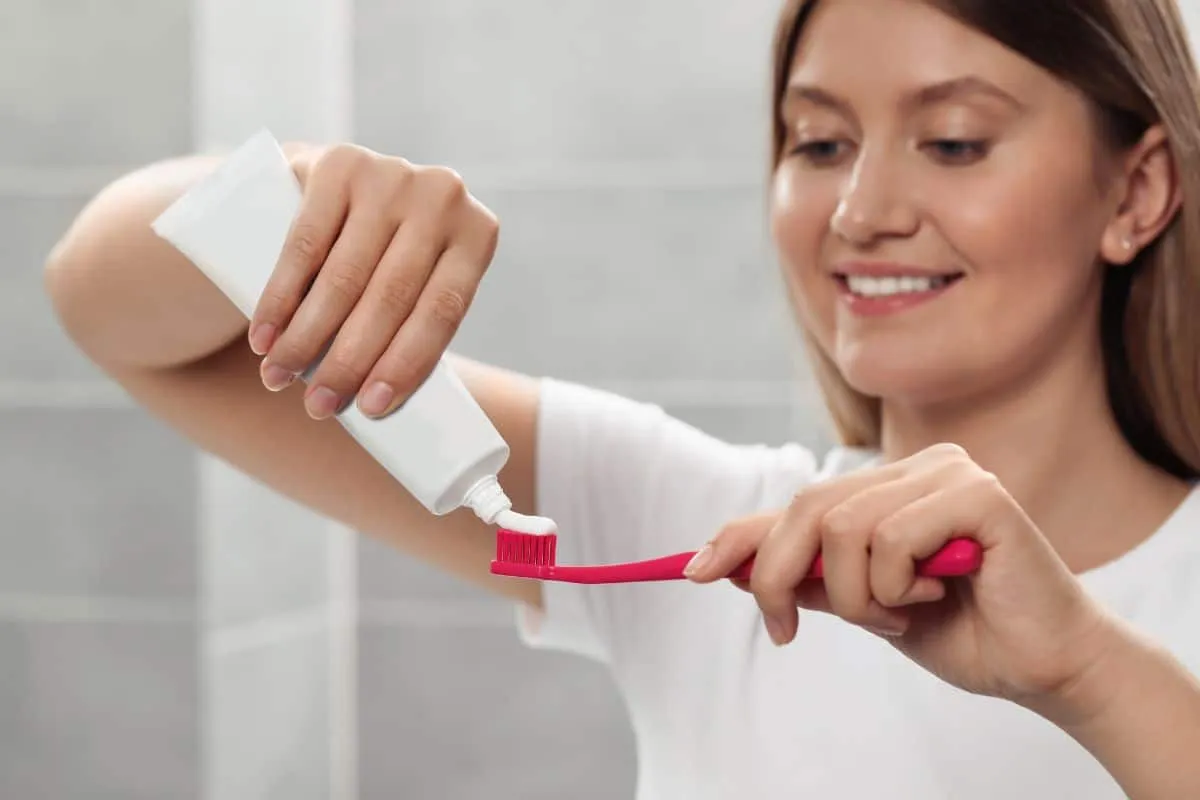
Whitening toothpastes are designed to remove surface stains and may provide a subtle brightening effect. However, they are not as powerful as professional whitening treatments performed by a dentist. Over-the-counter whitening toothpastes typically contain lower concentrations of whitening agents, leading to slower and less dramatic results. Significant discoloration caused by intrinsic stains, aging, or certain medications often requires more intensive treatments. While whitening toothpaste can be a valuable part of your oral hygiene routine, it’s essential to recognize its limitations and consider alternative options if you desire more dramatic results. Remember that results also vary from person to person, depending on factors like the initial shade of your teeth and the type of stains present.
Alternative Whitening Solutions
If whitening toothpaste isn’t giving you the desired results, several alternative options can help you achieve a brighter smile. These options offer varying levels of effectiveness and are often recommended by dental professionals.
- Professional Teeth Whitening Treatments: In-office whitening treatments performed by a dentist use stronger bleaching agents and can provide dramatic results in a single session. These treatments are safe and effective, offering a quick and reliable way to whiten your teeth.
- At-Home Whitening Kits from Your Dentist: Your dentist can provide custom-fitted whitening trays and professional-strength bleaching gels for use at home. These kits are more potent than over-the-counter options and offer better results while minimizing the risk of sensitivity.
- Teeth Whitening Strips and Gels: Over-the-counter whitening strips and gels contain bleaching agents and can provide noticeable results over several weeks of use. However, they might not be as effective as professional treatments or custom-fitted trays.
- Dental Veneers and Bonding: For severe staining or discoloration, dental veneers or bonding can be a suitable solution. Veneers are thin shells that are bonded to the front of your teeth, providing a bright and natural-looking smile. Bonding involves applying a tooth-colored resin to your teeth to improve their appearance.
- Maintain Good Oral Hygiene: Regardless of your chosen whitening method, maintaining excellent oral hygiene is crucial. This includes regular brushing, flossing, and dental checkups to prevent future staining and maintain a healthy smile.
In conclusion, if your whitening toothpaste isn’t working, several factors could be at play, from the type of stains and ingredients to your brushing technique and overall dental health. Understanding these factors and setting realistic expectations is key. By addressing the root causes and exploring alternative whitening solutions, you can get closer to achieving the brighter, more confident smile you desire. Always consult with your dentist to determine the best approach for your individual needs and oral health.
